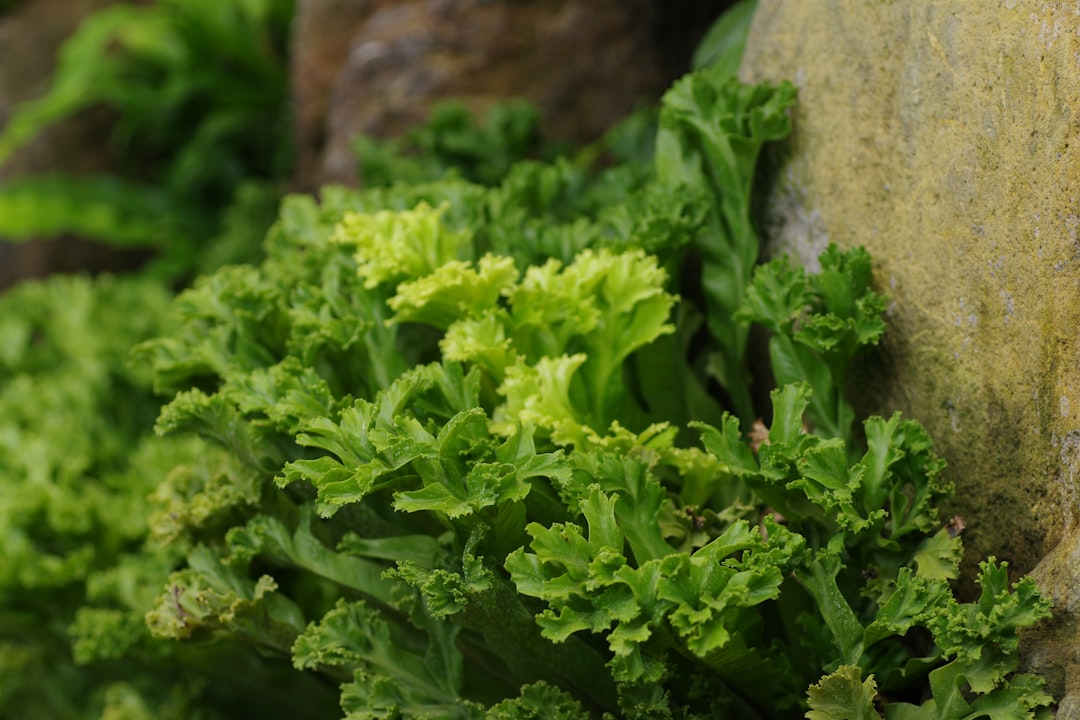Unleashing the Flavor: A Guide to Harvesting Culinary Sage

Edible gardening is a rewarding endeavor, and one of the most delightful herbs to cultivate is culinary sage. Harvesting this aromatic herb for your kitchen is not only simple but also incredibly satisfying. In this guide, we'll explore the art of harvesting sage, along with some helpful tips to ensure you get the most out of your harvest.
Understanding Sage
Culinary sage (Salvia officinalis) is a perennial herb that belongs to the mint family. It is known for its gray - green leaves, which are highly fragrant and have a slightly bitter, earthy flavor. Sage is a versatile herb that can be used in a variety of dishes, from savory meats and stuffings to soups and teas.
When to Harvest Sage
The best time to harvest sage is in the morning, after the dew has dried but before the heat of the day. This is when the essential oils in the leaves are at their peak, giving the herb its maximum flavor. You can start harvesting sage when the plant is about 6 - 8 inches tall. For the first year, it's best to harvest sparingly to allow the plant to establish itself. In subsequent years, you can be more generous with your harvest.
How to Harvest Sage
1. Use the right tools: A sharp pair of pruning shears or scissors is essential for a clean cut. Dull tools can crush the leaves, which may lead to damage and a loss of flavor. Make sure your tools are clean to prevent the spread of diseases.
2. Select the right leaves: Look for the larger, more mature leaves on the outer parts of the plant. These leaves will have the most flavor. Avoid picking the very young, tender leaves, as they may not have developed their full flavor profile yet.
3. Cutting technique: When cutting the sage, make your cuts just above a set of leaves or a leaf node. This will encourage new growth and help keep the plant healthy and bushy. You can cut individual leaves or entire stems, depending on your needs. If you're harvesting a stem, try to take no more than one - third of the plant at a time to avoid stressing it.
Post - Harvest Care
1. Cleaning the sage: Once you've harvested your sage, gently rinse the leaves under cool water to remove any dirt or insects. Pat them dry with a clean towel or use a salad spinner to remove excess moisture.
2. Storage: There are several ways to store sage. You can use it fresh right away, which is ideal for getting the most intense flavor. If you have more sage than you can use immediately, you can dry it. To dry sage, tie the stems together in small bunches and hang them upside down in a cool, dry, and well - ventilated area. Once the leaves are completely dry, you can remove them from the stems and store them in an airtight container. You can also freeze sage. Simply chop the leaves and place them in ice cube trays, then fill the trays with water or olive oil and freeze. These sage cubes can be added directly to your dishes.
Using Sage in the Kitchen
1. Cooking with sage: Sage pairs well with a variety of ingredients. It is a classic addition to Thanksgiving stuffing, where its earthy flavor complements the bread, onions, and other herbs. You can also use sage to flavor roasted meats, such as chicken, pork, or beef. Simply rub the leaves on the meat before cooking. In pasta dishes, sage can be sautéed in butter and drizzled over the pasta for a rich, savory flavor.
2. Making sage tea: Sage tea is not only delicious but also has some health benefits. To make sage tea, steep a few fresh or dried sage leaves in hot water for about 5 - 10 minutes. You can add honey or lemon to taste.
In conclusion, harvesting culinary sage is a straightforward process that can enhance your cooking and bring the fresh flavors of your garden into your kitchen. By following these tips, you'll be able to enjoy the wonderful taste of sage throughout the year.